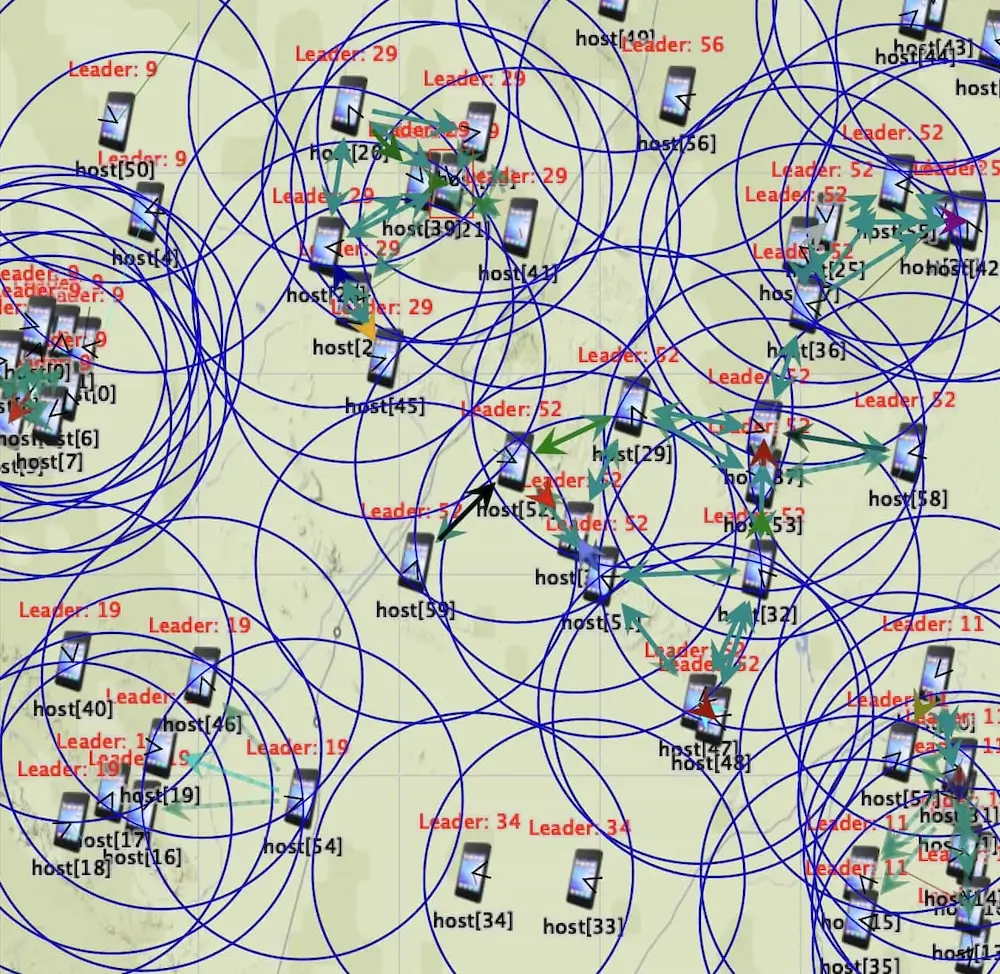Centrality-Based Eventual Leader Election in Dynamic Networks
After the Topology Aware algorithm published in 2020, and still during my PhD in Computer Sciences at Sorbonne University in Paris, I worked on a new algorithm to elect an eventual leader based on the topology of nodes in a dynamic network, with realistic simulations.
The research article was accepted at the 20th IEEE International Symposium on Network Computing and Applications (NCA 2021) in November 2021, with the best student paper award, and was supposed to be presented in Boston, USA in November 2021, but the conference yield online due to Covid.
Abstract
This paper presents CEL, a new distributed eventual leader election algorithm for dynamic networks, which exploits topological information to improve the choice of a central leader and reduce message exchanges. The algorithm has a cross-layer neighbors detection, with a neighbor-aware mechanism, to improve the sharing of topological knowledge and elect a central leader faster. It uses a self-pruning mechanism based on topological knowledge, combined with probabilistic gossip, to improve the performance of broadcast propagation. Evaluations were conducted on the OMNeT++ environment, simulating realistic MANET with interference, collision, and messages loss. Using different parameters values, we have compared CEL to Gómez-Calzado et al. algorithm, on the Random Walk and the Truncated Lévy Walk mobility models. The results show better performances than Gómez-Calzado et al. algorithm, including fewer messages sent, shortest paths to the leader, and a more stable algorithm.
Research Article
Download the article with the following link or find it on HAL (archives-ouvertes.fr):
–> Centrality-Based Eventual Leader Election in Dynamic Networks

